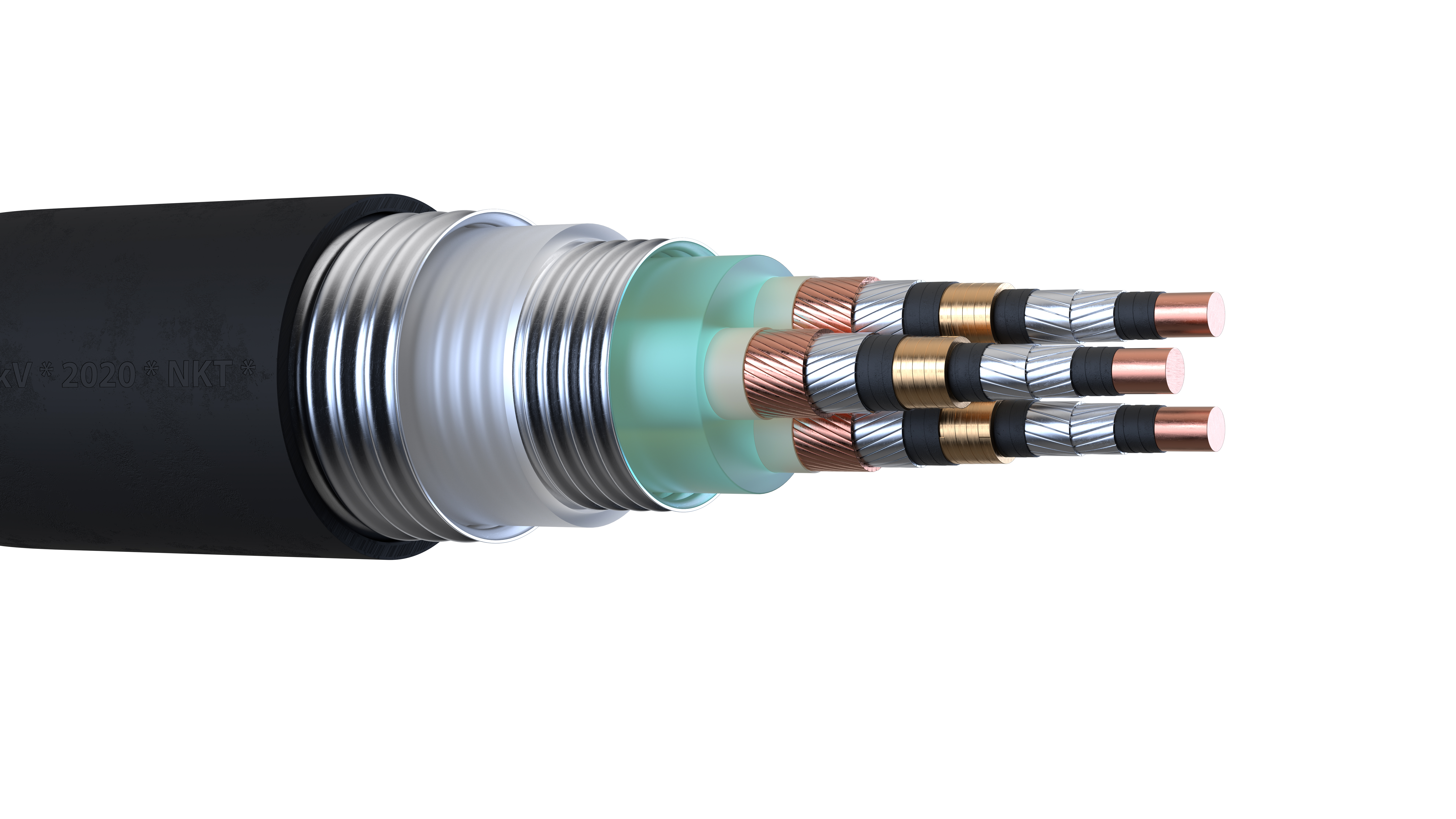Friederike Boehm
- Research Associate
- Room: Bldg. 40.31 R108 / Bldg. 345 R313
- Phone: 42693 / 28198
- friederike boehm ∂does-not-exist.kit edu

Institute of Technical Thermodynamics and Refrigeration
Organisational Unit: Refrigeration and Cryogenics (TTK-KKT)
Bldg. 40.31
Engler-Bunte-Ring 21
76131 Karlsruhe
Institute of Beam Physics and Technology
Superconducting Systems and Technologies (IBPT-SST)
Bldg. 345
Hermann-von-Helmholtz-Platz 1
76344 Eggenstein-Leopoldshafen

Energetic optimization of the cooling systems for the superconducting high-voltage cable SWM-Superlink
- Funding:
Federal Ministry for Economic Affairs and Climate Action
- Startdate:
March 1, 2021
To ensure the power supply to urban and industrial areas the power grid needs to be regularly updated to current needs and technologies. The transition from fossil fuels to renewable energy sources, for example in the mobility sector, will increase the demand for electrical power. To achieve higher current carrying capacities and to replace outdated cables, high-temperature superconducting (HTS) high voltage cables are an interesting option. For safe operation, such superconducting cables need to be cooled continuously below the critical temperature of the materials used. For shorter cables (length ~1 km) it is possible to achieve the necessary cooling by evaporating liquid nitrogen at sub-atmospheric pressures in an open process. For longer cables, this option is not feasible due to the required logistics of delivering huge quantities of liquid nitrogen. Therefore, the application of closed processes is desirable.
Our research is aimed at investigating the potential of using mixed-refrigerant cycles to achieve the low temperatures required for high-temperature superconductors (below 80 K). In comparison to “classical” refrigeration processes achieving this temperature range, mixed-refrigerant cycles provide an easier scalability and convince by their simple process scheme. Areas of interest in our research are the optimization of the refrigerant mixtures and their optimal operating conditions.
